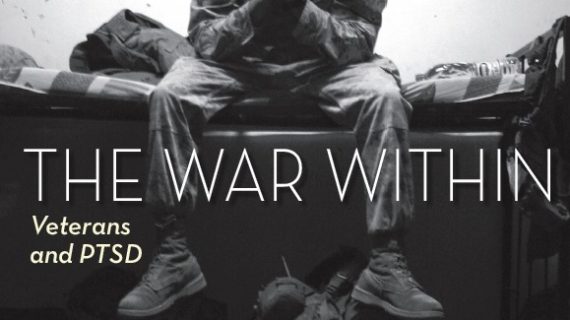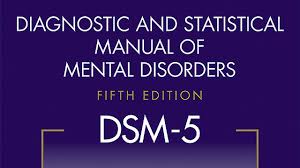
Dear Pete,
I want to tell you about my son and how the Veterans Administration failed to treat him, contributed to him having a mental breakdown, and then refused to help him.
As you know, as many as twenty veterans a day choose to end their own lives. In our son’s case, we believe the VA’s failure to help our son caused him to attempt “suicide by cop” with tragic results.
My son was the third of five children. He grew up in a happy home, was intelligent and friendly, independent, and enjoyed finding the exception to the rule. He worked construction jobs while a teen, which provided a good income and enabled him to buy a car before his older siblings.
At 17, he joined the National Guard and tested in the 90% range. They wanted him to go into military intelligence, but he chose to be a regular soldier. His unit was sent to Iraq. He later volunteered to go to Afghanistan with another unit.
While deployed, he was involved in multiple violent conflicts. Our son was always able to remain calm, and he saved lives due to his training and ability to provide medical first aid. He was awarded an ARCOM – an Army Commendation Medal for heroism.
We were proud of him and his service to our nation.




